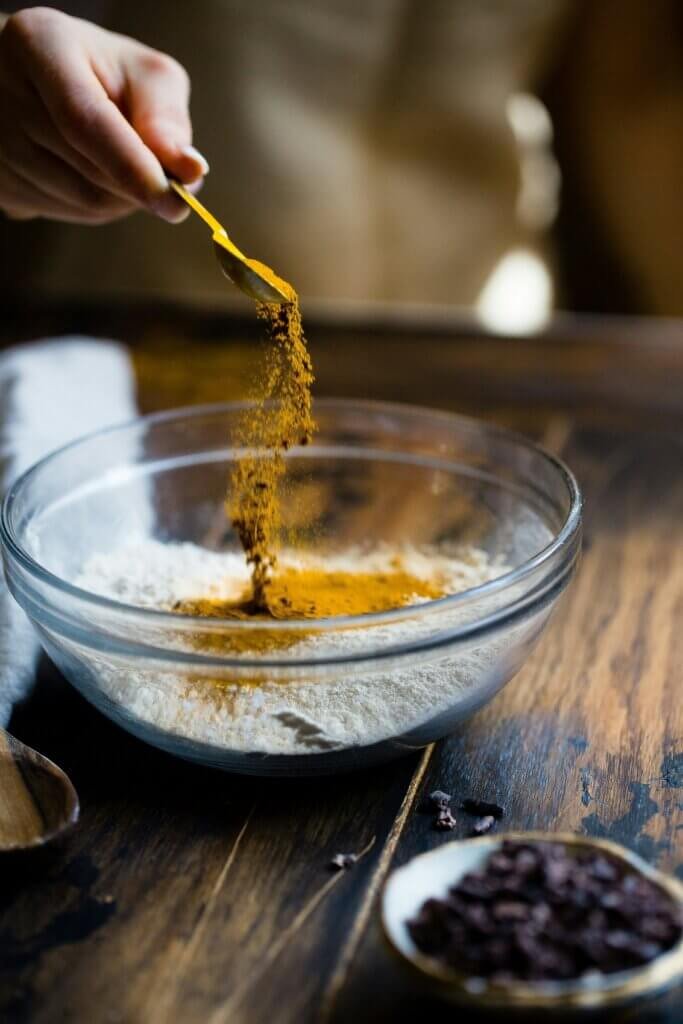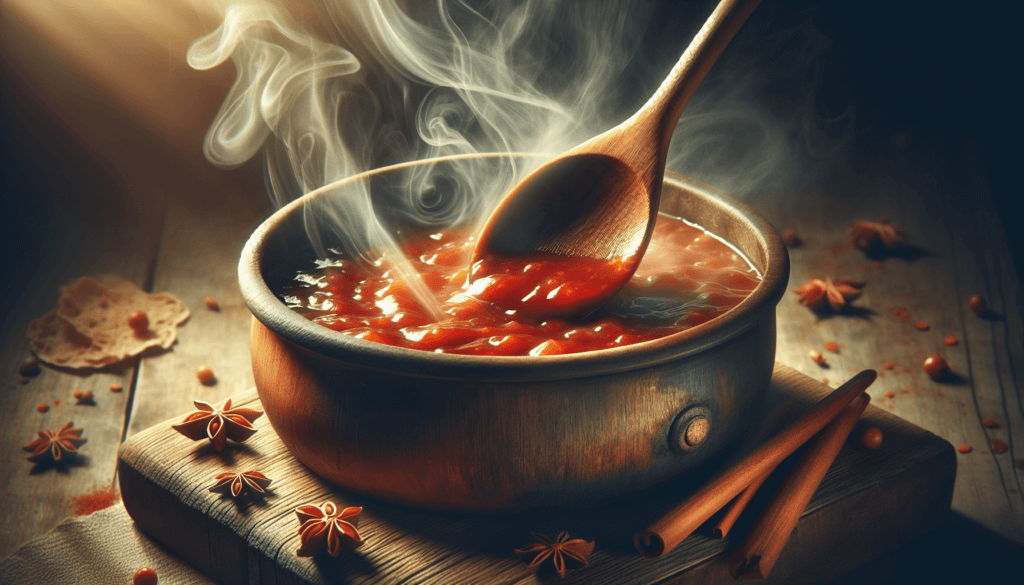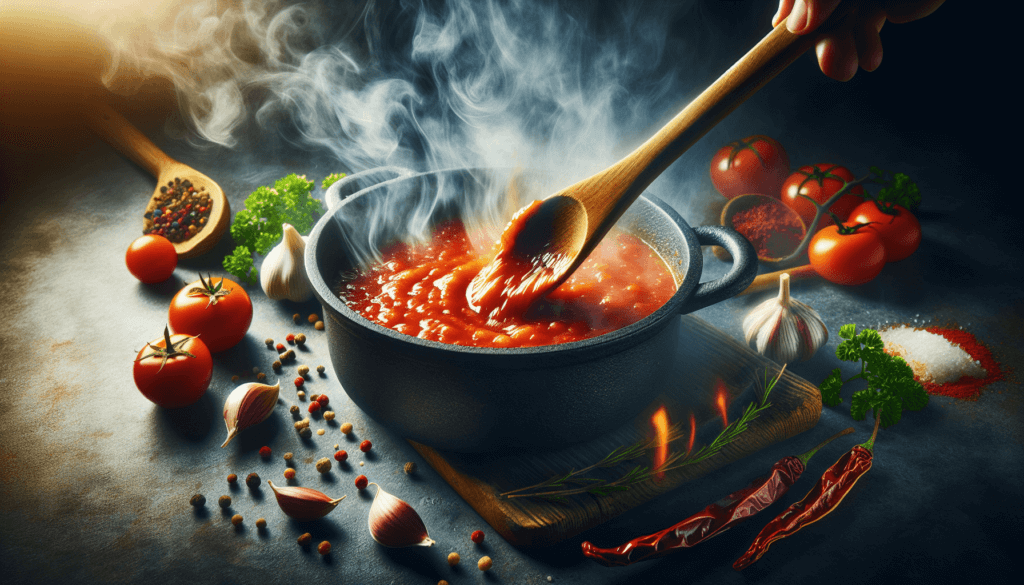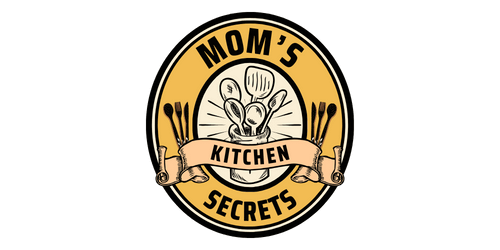Are you ready to take your cooking skills to the next level? Look no further! In this article, we have gathered the ultimate list of 10 must-know cooking tips for making the best homemade sauces that will leave your taste buds begging for more. From the perfect balance of flavors to expert techniques, we’ve got you covered. Whether you’re a beginner or an experienced chef, these tips will undoubtedly elevate your sauce game and impress all your family and friends. So, grab your apron and let’s get cooking!
Choose the Right Ingredients
When it comes to making the best homemade sauces, the first step is to choose the right ingredients. Using fresh herbs and spices can elevate the flavor profile of your sauce and add a burst of freshness. Whether it’s basil, thyme, or oregano, using herbs straight from your garden or the farmer’s market will make a noticeable difference.
Additionally, selecting high-quality produce is essential. Fresh tomatoes, ripe avocados, or juicy fruits can make your sauce taste vibrant and delicious. Inspect your produce carefully, looking for vibrant colors and firm textures. Don’t be afraid to splurge a little on your ingredients, as the quality will significantly impact the outcome of your sauce.
Lastly, opting for homemade stocks or broths instead of store-bought can add depth and richness to your sauce. Making your own stock allows you to control the flavors and reduce the amount of sodium and preservatives in your sauce. So, next time you’re making a sauce, consider taking the time to make a homemade stock as the base.
Use the Correct Utensils and Equipment
Having the right utensils and equipment can make all the difference in creating the best homemade sauces. Investing in a good blender or food processor is crucial for achieving a smooth and creamy texture. These tools not only save you time but also ensure that your sauces turn out velvety and well-incorporated.
Another essential tool to have on hand is a reliable whisk. Whisking helps to emulsify ingredients, creating a silky and unified sauce. A whisk with a comfortable grip and sturdy wires will make whisking a breeze and prevent your sauce from becoming lumpy.
Lastly, using a heavy-bottomed saucepan is essential for even heat distribution. This ensures that your sauce cooks evenly and prevents any hot spots that may cause burning or uneven cooking. Investing in quality cookware will make a noticeable difference in the quality of your homemade sauces.

Sweat the Vegetables
One of the secret techniques to making the best homemade sauces is to sweat the vegetables properly. Sautéing vegetables until they become soft and aromatic unlocks their full flavor potential and adds depth to your sauce.
To achieve this, start by heating a small amount of oil or butter in a pan over medium heat. Add your vegetables and cook them until they become tender and translucent. Adding a pinch of salt during the process will draw out the moisture from the vegetables, intensifying their flavors.
Enhancing the flavors with herbs and spices is another key step in sweating vegetables. Adding a sprinkle of your favorite herbs like oregano, thyme, or rosemary, along with spices like paprika or cumin, can elevate the overall taste of your sauce. Don’t be afraid to experiment with different combinations to find the perfect flavor profile for your sauce.
Master the Art of Roux
Roux is a fundamental technique used in making various sauces, such as béchamel or gravy. It involves cooking equal parts fat and flour over low heat to create a thickening agent for your sauce. Mastering the art of roux can take your homemade sauces to the next level.
To make roux, start by melting your fat of choice, such as butter or oil, in a heavy-bottomed saucepan. Once melted, gradually add the flour, stirring constantly to ensure a smooth mixture. Cook the roux over low heat, stirring continuously until it reaches the desired color. Be careful not to burn the roux, as it can turn bitter.
The color of roux determines its flavor and thickening ability. A light roux adds a subtle taste, while a dark roux imparts a richer, nuttier flavor. Use roux as a base for your sauces, adjusting the cooking time to achieve the desired color and flavor profile.

Learn to Reduce
Reducing is a technique that involves simmering sauces to concentrate their flavors. This process allows the liquid in the sauce to evaporate, leaving behind a more intense and flavorful sauce. To achieve the perfect reduction, follow these tips:
Start by cooking your sauce over low to medium heat. Simmering at too high a temperature can cause the sauce to scorch or reduce too quickly, resulting in a bitter taste. Stir occasionally to prevent the sauce from sticking to the bottom of the pan.
Reducing sauce is a gradual process, so be patient. As the sauce reduces, its flavors become more concentrated, intensifying the taste. Keep tasting the sauce as you reduce it to ensure that the flavors are balanced. You can always adjust the seasoning along the way by adding more herbs, spices, or salt as needed.
Embrace the Power of Emulsification
Emulsification is a process that combines two immiscible ingredients, such as oil and acid, to create a stable mixture. Embracing this technique can take your homemade sauces to a whole new level of smoothness and creaminess.
When emulsifying, it’s important to combine the oil and acid gradually. Slowly drizzle the oil into the acid while whisking vigorously. This aids in breaking down the oil into tiny droplets and dispersing it evenly throughout the sauce.
Using an immersion blender is a foolproof way to achieve a stable emulsion. This handheld blender allows you to blend the ingredients directly in the saucepan, creating a velvety texture without the risk of separation. Emulsification is particularly useful when making dressings or vinaigrettes, as it helps bind the ingredients together.

Incorporate Acidic Ingredients
Acidic ingredients are a game-changer when it comes to balancing flavors in your homemade sauces. A splash of vinegar or citrus juice can brighten the taste, cut through richness, and add complexity to your sauces.
When incorporating acidic ingredients, it’s best to add them towards the end of the cooking process. This helps preserve their fresh and vibrant flavors. Adding acidity too early may cause the flavors to mellow out or even become dull.
It’s important to use acidic ingredients in moderation. While a hint of acidity can enhance the overall taste of your sauce, excessive amounts can overpower other flavors and make the sauce taste sour. Start by adding a small amount and taste as you go, adjusting the acidity according to your preferences.
Use the Right Thickening Agents
Thickening agents play a crucial role in achieving the desired consistency of your sauces. Choosing the right thickening agent is essential, especially when catering to dietary restrictions or preferences.
Cornstarch is an excellent option for creating clear and glossy sauces. It thickens the sauce quickly and doesn’t affect the color or taste. To use cornstarch, mix it with a small amount of cold water to form a slurry, then gradually stir it into the hot sauce. Cook the sauce for a few minutes to activate the cornstarch and allow it to thicken.
If you’re looking for a gluten-free option, arrowroot powder is a fantastic alternative. It works similarly to cornstarch but has a more delicate thickening power. Like cornstarch, mix arrowroot powder with cold water to create a slurry before adding it to the sauce.
Be mindful of the correct ratios when using thickening agents. Adding too much can result in a sauce that is overly thick and pasty, while adding too little may not achieve the desired consistency.

Harness the Power of Seasonings
Seasonings are the magic touch that can elevate any homemade sauce from ordinary to extraordinary. Experimenting with different herbs and spices allows you to create unique flavor profiles and tailor the sauce to your taste preferences.
Taste frequently and adjust the seasonings accordingly. As the sauce cooks, the flavors intensify, so it’s important to taste along the way to ensure the perfect balance. You can add more herbs or spices as needed to enhance the flavors or adjust the salt to achieve the right level of seasoning.
Consider using aromatics like garlic and onion to add depth and complexity to your sauces. These ingredients infuse the sauce with their distinct flavors and create a robust foundation for your dish. Experimenting with different combinations of seasonings will help you discover new and exciting flavor profiles.
Strain and Finish with Care
To achieve a velvety texture and remove any lumps or impurities, it’s crucial to strain your sauce before serving. Passing the sauce through a fine-mesh sieve helps create a smooth and refined texture, ensuring a delightful dining experience.
After straining, consider finishing the sauce with a knob of butter or a splash of cream. This adds richness and a silky mouthfeel to the sauce. The butter or cream should be added gradually and stirred in gently to avoid overpowering the other flavors.
Garnishing with fresh herbs provides a visually appealing final touch to your homemade sauces. Sprinkle chopped parsley, basil, or cilantro over the sauce to add color and a hint of freshness. The garnish enhances the overall presentation and makes your sauce even more inviting.
By following these ten must-know cooking tips, you’ll be well on your way to making the best homemade sauces. Remember to choose high-quality ingredients, use the correct utensils and equipment, sweat your vegetables, master the art of roux, learn to reduce, embrace the power of emulsification, incorporate acidic ingredients, use the right thickening agents, harness the power of seasonings, and strain and finish your sauces with care. With practice and a little creativity, you’ll be able to create sauces that will wow your family and friends. So, put on your apron, get cooking, and enjoy the deliciousness that homemade sauces bring to your meals.



